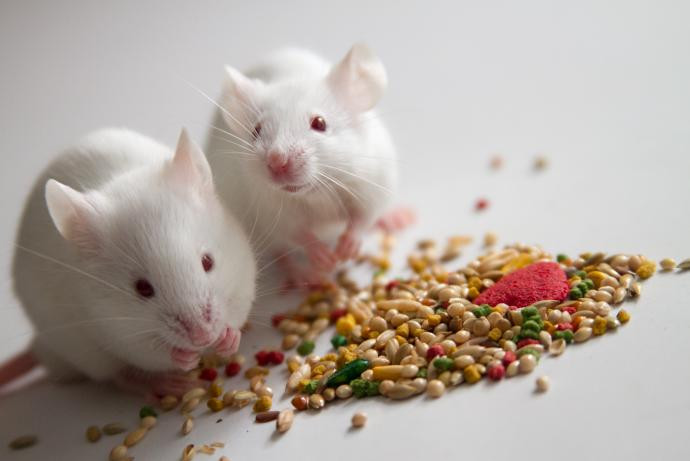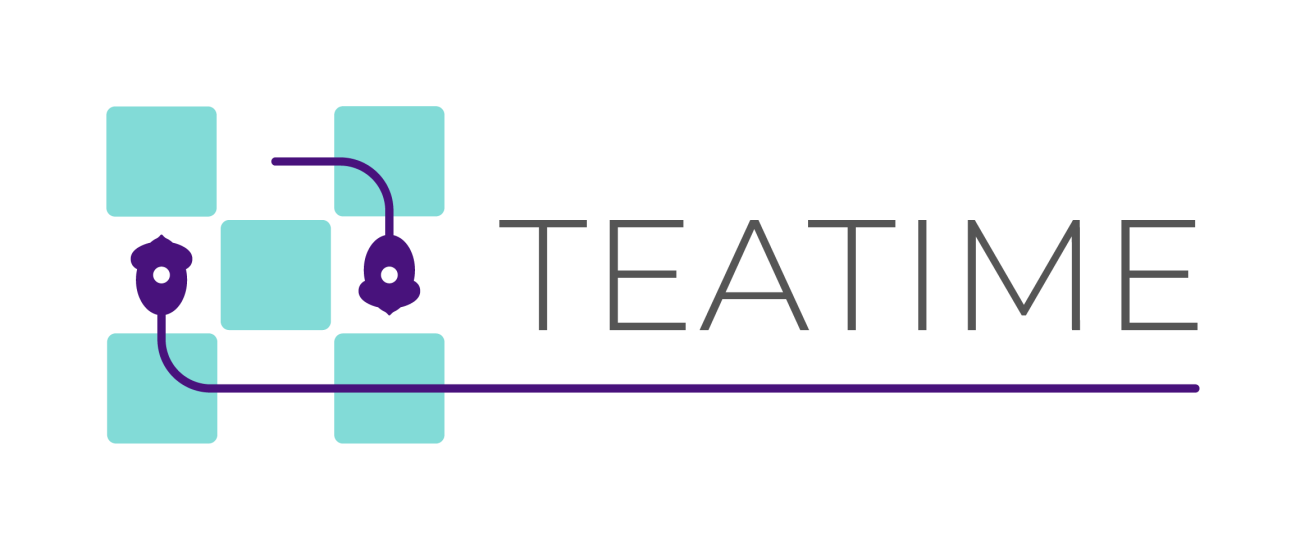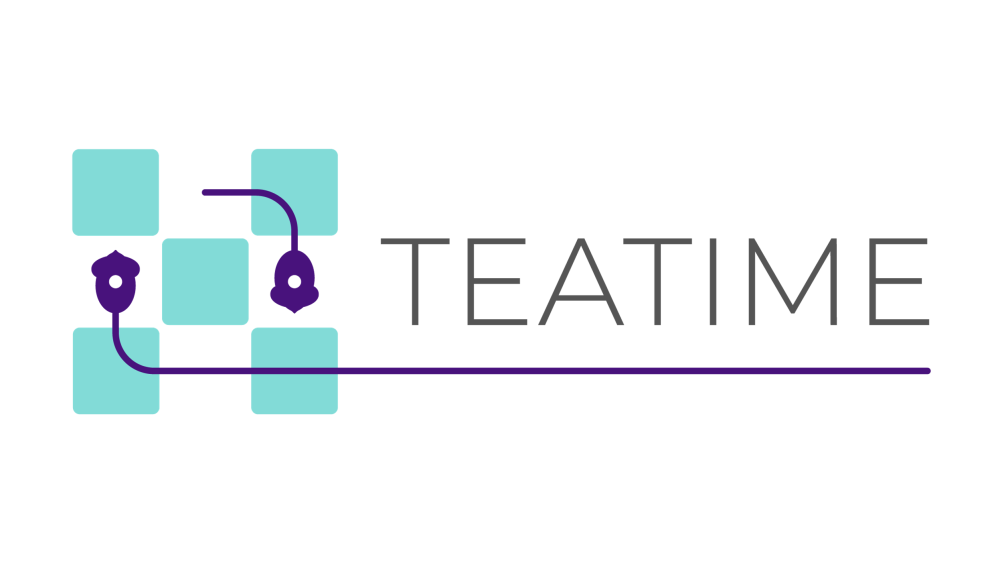Automated monitoring of animal behaviour
Technologies and tools that allow the automatic monitoring of animal behaviour and activity can refine the use of animals in research.
On this page
Introduction
Recent advances in technology have led to the development of automated systems that can continually monitor animals with minimal human disturbance. These tools refine studies by minimising the stress associated with being handled and moved from the home cage. The measurement and analysis of the activity and temperature of animals can enhance welfare monitoring and collect key information about the behavioural features and patterns that characterise disorders (behavioural phenotypes). This resource highlights practical tools and provides guidance and resources in the field of remote, automated monitoring.
Automated behavioural monitoring tools
- Home Cage Analyser: automatic monitoring of socially grouped animals
- Moshers: measuring the food intake of individual mice
- The Fish Behaviour Index (FBI)
- Further NC3Rs-funded technologies
Home Cage Analyser: automatic monitoring of socially grouped animals

- Supported by the Rodent Big Brother and Rodent Little Brother CRACK IT Challenges, Actual Analytics developed the Home Cage Analyser (HCA) which allows continuous monitoring of group-housed rats or mice in their home cage with automated analysis of their behaviour and activity. The technology allows researchers to obtain data from individual animals without removing them from their social group, offering key welfare advantages.
- Visit the NC3Rs Innovation Platform to learn more about the features and 3Rs benefits of the HCA and how to access the technology.
Moshers: measuring the food intake of individual mice

- Through the Moshers CRACK IT Challenge, the team at Research Devices Ltd developed a fully functioning monitoring system that can visually identify mice and assess their food intake.
- Visit the NC3Rs Innovation Platform to learn more about the features and impacts of the technology, and to contact Research Devices Ltd.
The Fish Behaviour Index (FBI)
- Developed by NC3Rs grant holder Dr Lynne Sneddon and colleagues at the University of Liverpool, the FBI is an automated behaviour monitoring tool for zebrafish. The tool allows quicker welfare assessment, interventions and administration of analgesia by detecting subtle changes in behaviour, representing an important refinement.
- Read more about the tool in Our portfolio and access the FBI online.
Further NC3Rs-funded technologies
We have supported studentships researching tools to improve welfare monitoring using technologies such as telemetry and machine learning. Learn more about these projects in Our portfolio.
- Towards an open-source, equipment-agnostic framework for automated welfare monitoring in the home cage - Dr James Brown, University of Lincoln.
- Improving the welfare and monitoring of rodents undergoing experimental stroke studies - Dr Claire Gibson, University of Leicester.
Reports and recommendations
-
Guidance: Welfare assessment
-
Article: Evolution of behavioural monitoring technologies: the role of multidisciplinary collaborations
-
Report: NC3Rs rodent home cage monitoring workshop output
Guidance: Welfare assessment
Despite advances in automated monitoring of behaviour that may have impacts on welfare, welfare assessment remains the responsibility of the researcher and animal technicians involved in experimental research. The NC3Rs has dedicated guidance and further resources to support this in Our resource library.
Article: Evolution of behavioural monitoring technologies: the role of multidisciplinary collaborations
Advancements in technologies for the behavioural phenotyping of rodents in their home cages have been driven and supported by multidisciplinary consortia. A recent article provides a brief overview of the field and highlights key initiatives which create opportunities for researchers, support the adoption of these tools and champion the 3Rs.
You can read the article:
- In html: Evolution of behavioural monitoring technologies: the role of multidisciplinary collaborations.
- In a downloadable pdf (below).
Report: NC3Rs rodent home cage monitoring workshop output
The NC3Rs convened a working group in 2017 to further support uptake of the Home Cage Analyser (HCA) home cage monitoring system developed through the Rodent Big Brother CRACK IT Challenge. The cross-company working group was tasked with generating an evidence base which builds on current validation of the system for rodent CNS safety studies. This approach was identified at a workshop of industry scientists and regulators as the best opportunity to generate the scientific and 3Rs evidence to support adoption of the system. The report describes the output from the workshop and how to get involved in the working group.
Programmes and initiatives
-
TEATIME
-
Other
Improving biomedical research by automated behaviour monitoring in the animal home-cage (TEATIME)

The TEATIME European Cooperation in Science and Technology (COST) Action aims to bring together European organisations developing and using automated home-cage monitoring technologies, combining experts in mouse behaviour, laboratory animal science and data science, to support the next steps and adoption of these technologies across the bioscience landscape. The Action will assess the potential of these technologies, develop user guidelines and standard operating procedures and identify needs for further technological development, including analysis of big data.
Learn more about the TEATIME COST Action on the COST website.
To join the TEATIME network for news on opportunities and events, and for more information, visit the TEATIME website.
Other initiatives
The 3RsC has established an initiative for the collaboration of digital biomarker technology providers and end users, to encourage collaboration and the adoption of these technologies to support the 3Rs.
The Secret Lives of Mice Citizen Science project was developed by the Mary Lyon Centre and based on the Rodent Little Brother CRACK IT Challenge. The project asked volunteers from the public to label short clips of laboratory mice that would support the development of a machine learning algorithm
Improving biomedical research by automated behaviour monitoring in the animal home-cage.

